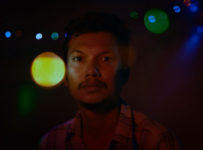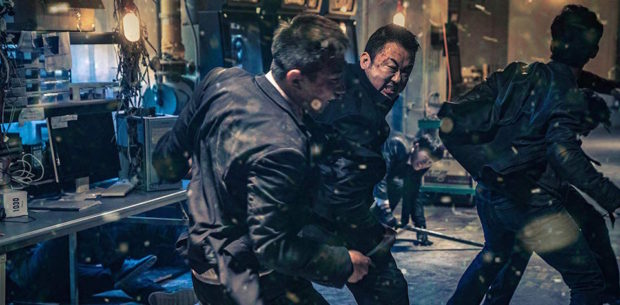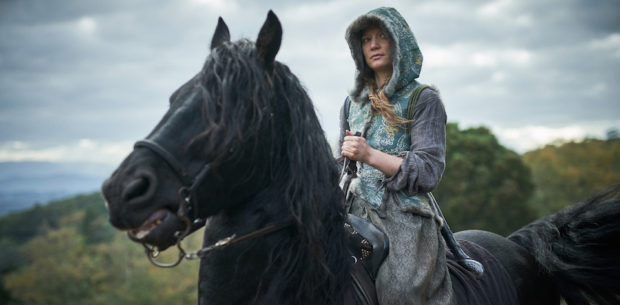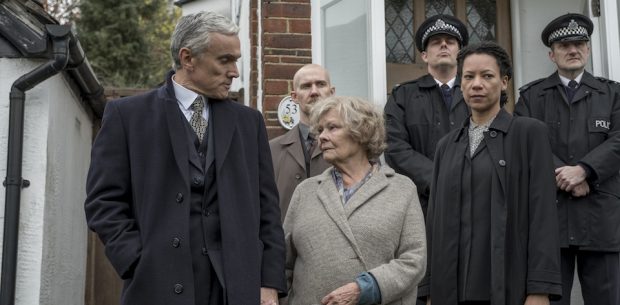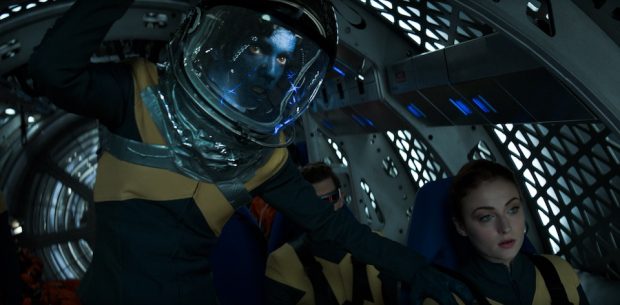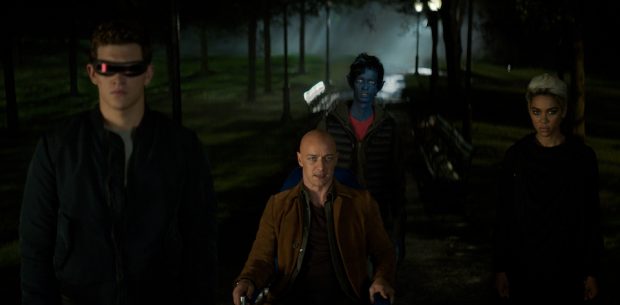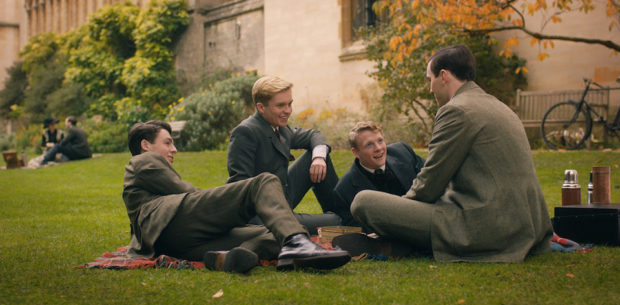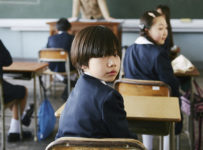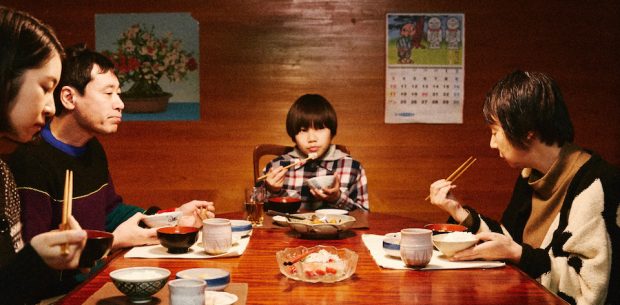Following its premiere at the Venice International Film Festival last year, director Phuttiphong Aroonpheng’s MANTA RAY (Kraben Rahu) has been winning awards across the world. A contemplative refugee story that never wholly answers its own questions, it’s as beautiful to look at as you’d imagine from a cinematographer turned director.
Off the coast of Thailand, a local fisherman (Wanlop Rungkumjad) finds an injured man and helps him back to health. While the injured man goes mute, the fisherman names him Thongchai and gradually involves him in every aspect of his life. When the fisherman disappears, the man called Thongchai takes over the fisherman’s life.
Before his directorial debut, Aroonpheng was known for photography duties on Thai films The Island Funeral and Vanishing Point. So it’s no surprise that as a director he leads with his visual feet. (Just go with that analogy, it can’t hurt you). With a forest and an armed soldier wrapped in flickering party lights, we are introduced to the coastline region known for Rohingya refugees.
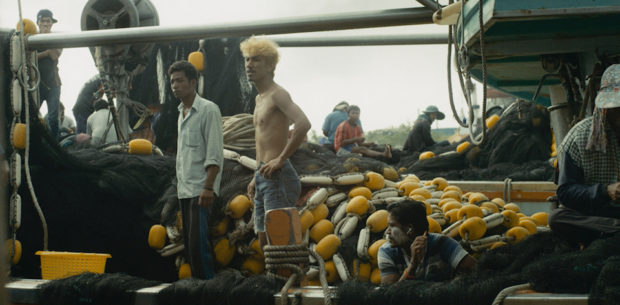
Aroonpheng doesn’t tackle this crisis head-on, but forms a thematic twin with his short film Ferris Wheel (2015), the story of a mother and son who leave Myanmar in hopes of a better life. The unnamed fisherman unquestioningly takes in the refugee and cares for him, offering him everything his has, perhaps indicating that his fills in a void that was missing for him.
As the film goes on, we realise this is the actual truth. The fisherman tells the passive “Thongchai” about his estranged wife, and how he is pleased to not be living alone any more. Using the recurring motif of party lights, Aroonpheng envisages this melding of lives as the pair dance slowly in the bokeh during one of the film’s more visually striking moment.
With the fisherman missing, Thongchai takes on the responsibilities of his missing friend, right down to forming a relationship with the unexpectedly returned wife. She even recrafts him to look like the fisherman, complete with a new hairstyle and clothing. The realties of this poverty-striken life slowly merge with fantasy as gems emerge from the ground, lights levitate into the sky, and rapid cutaways make us question what we are seeing.
In the closing moments of MANTA RAY, Aroonpheng breaks with reality almost completely as all of his cinematic mastery culminates into a cacophony of overlapping images. It may not all make literal sense, but as a handy set of visual metaphors, it certainly emotes the inner world of a refugee. As some beautiful underwater photography of the titular manta rays fade into white, you may find that the feelings Aroonpheng leaves you with lingering for some time to come.
2018 | Thailand | DIRECTOR: Phuttiphong Aroonpheng | WRITERS: Phuttiphong Aroonpheng | CAST: Wanlop Rungkumjad, Aphisit Hama, Rasmee Wayrana | DISTRIBUTOR: Jour2Fête| RUNNING TIME: 105 minutes | RELEASE DATE: 8-9 June 2019 (SFF)
